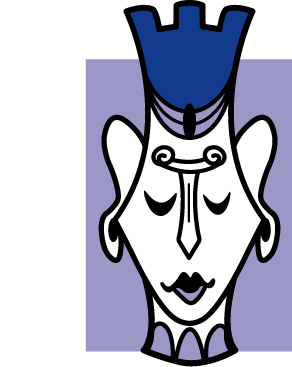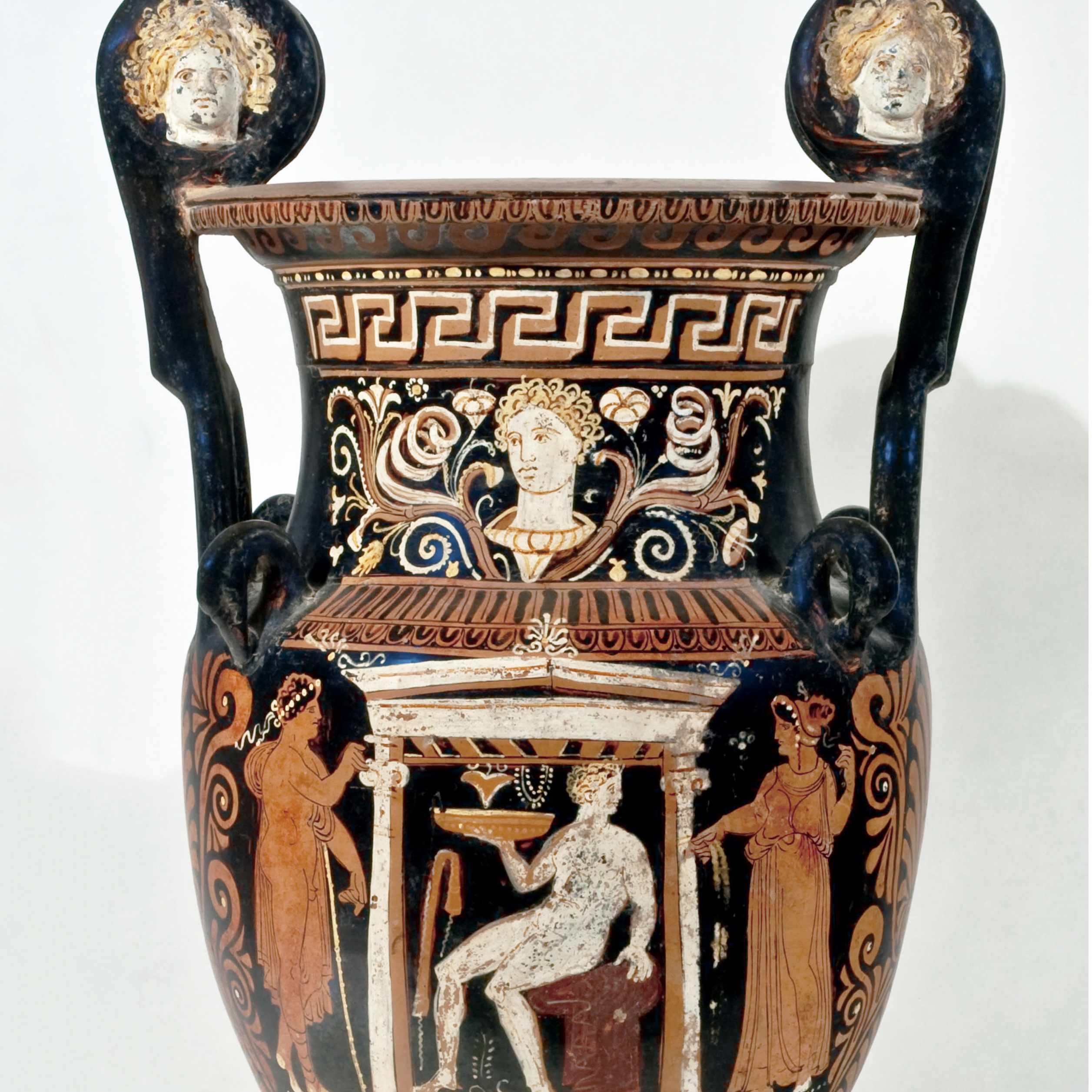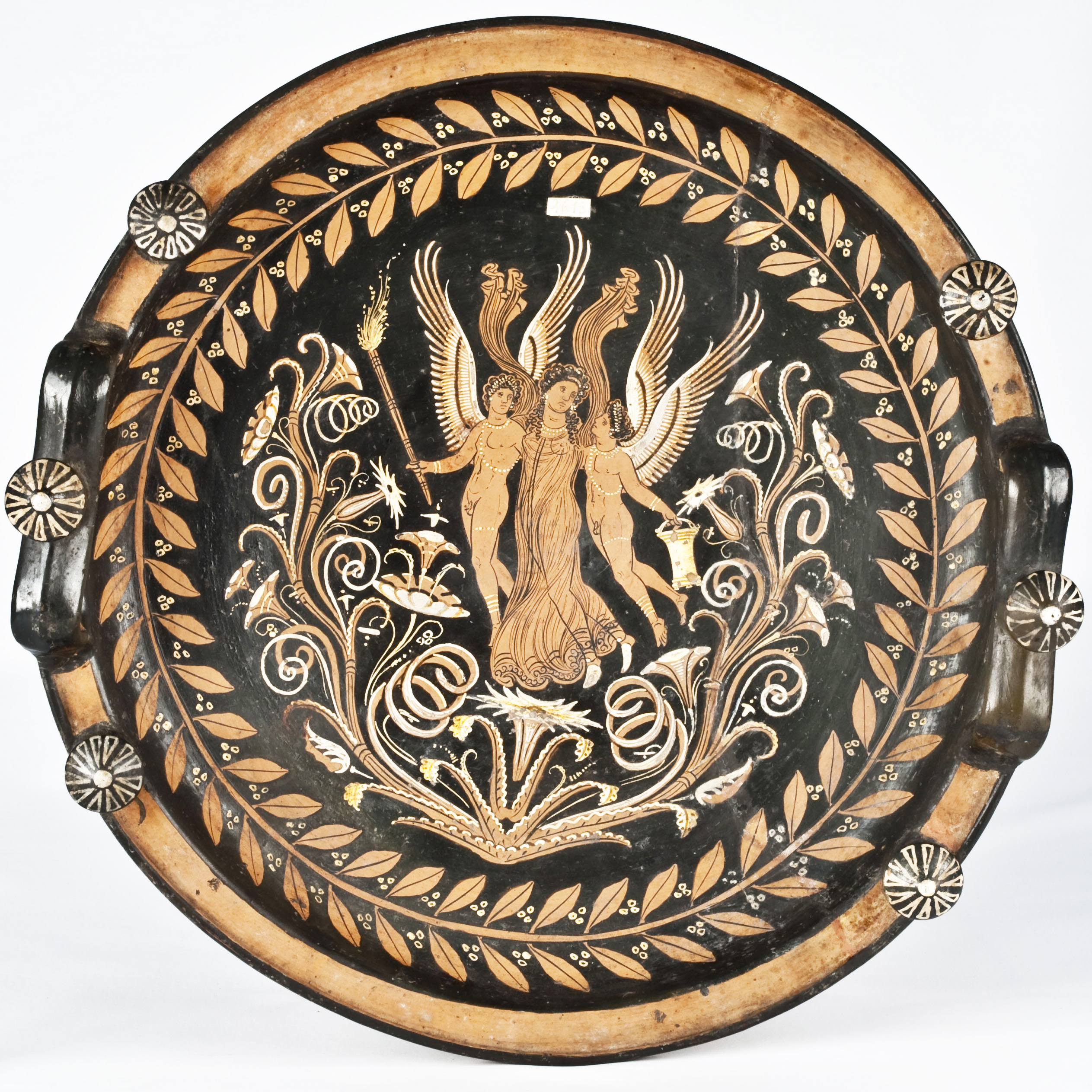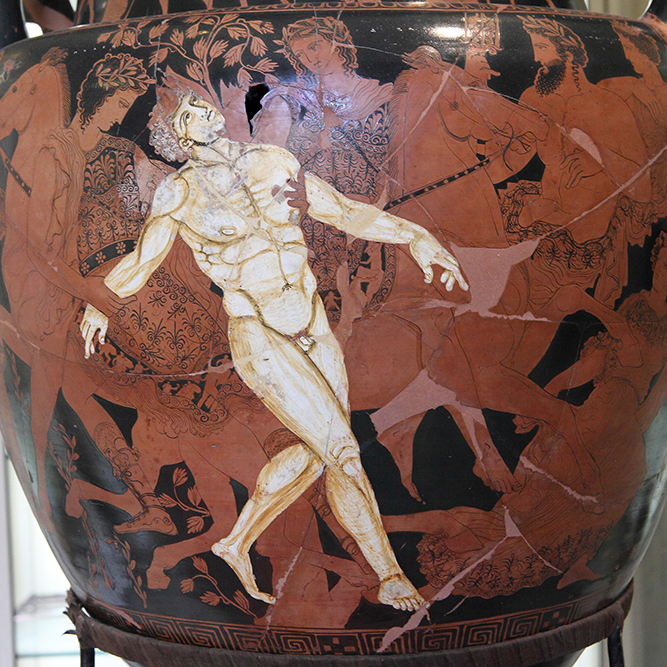Jatta Ruvo National Museum of Puglia
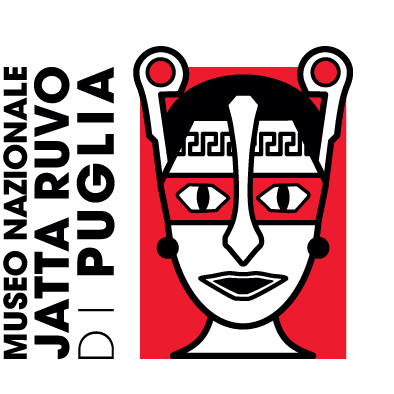 The Jatta National Museum houses a prestigious archaeological collection made up of more than two thousand artifacts that belonged to the Jatta family for about two centuries and were almost all found in the Ruvo area.
The Jatta National Museum houses a prestigious archaeological collection made up of more than two thousand artifacts that belonged to the Jatta family for about two centuries and were almost all found in the Ruvo area.
Trivia
In the first half of the nineteenth century, in Ruvo as in other Apulian cities, as a result of phenomenal archaeological discoveries, scholars and art dealers began to take an interest in studying the area, and also to get hold of the treasures emerging from the subsoil. In an attempt to save this precious material from the risk of dispersion abroad, many families from Ruvo begin to collect the finds, giving rise to highly prized collections. Giovanni Jatta (1767-1844), a jurist resident in Naples, and his brother Giulio (1775-1836), retired officer of the Bourbon army, they collect all the artifacts they manage to buy, gathering a very rich collection that is placed in the rooms on the ground floor of the family palace, built in the mid-nineteenth century. The layout of the Museum, partly conceived by Giovanni Jatta senior and then ordered and arranged by grandson Giovanni junior (1832-1895), also author of the powerful catalog of the collection, has remained almost completely unchanged until today, with the clear intention of keeping the image and the atmosphere of the rooms alive. In fact, the windows, wardrobes, columns, sofas in red fabric, are all from the nineteenth century, as well as the criterion that guides the arrangement of these pieces. The conceived itinerary aims to enhance the objects considered “the most beautiful”, regardless of chronology and the production class to which they belong. The exhibits are arranged in the four rooms starting from those considered less valuable, the so-called “Terrecotte” (i.e., the finds without figurative decorations) and then move on to figured ceramics, in a progression that culminates in the last room with the exhibition of the crater of the Talos Painter.
The Jatta Collection
The Jatta National Museum has recently reopened after major restoration and functional adaptation, aimed at making its rooms suitable for welcoming visitors as well keeping the nineteenth-century image of the place unchanged. Since July 2022, the space of the so-called Grottone di Palazzo Jatta, on the lower floor of the Museum, the exhibition “Collezionauta. Capolavori attraverso il tempo” was inaugurated. In an ethereal atmosphere, which does not betray the original space, once destined to pantry of wheat and almonds, some of the most original and remarkable vases of the collection are exhibited in an articulated dialogue that tells the genesis, development and future prospects of the phenomenon of collecting, combined with goods and relics of the Jatta family who were partners of the project. Also noteworthy is the presence, among the goods on display, of a nineteenth-century painting – kindly loaned from the Pontifical Regional Seminary Pius XI of Molfetta – depicting the ideal reconstruction of the famous Tomb of the Dancers, from the decoration of the famous slabs, found in Ruvo during the early nineteenth century and kept in the National Archaeological Museum of Naples. In the same room, dedicated to the section “Ruvo nel mondo” (Ruvo in the world), next to the iconic crater of the Painter of Talos. There is also a tomb set consisting of more than 15 specimens, dating back to the 4th century BC, kindly loaned by the Superintendence of Archeology, Fine Arts and Landscape of the metropolitan city of Bari and destined to be part of the soon to be opened collection of the Civic Archaeological Museum of Ruvo di Puglia.
Info and Contacts
Piazza Bovio, 25 – Ruvo di Puglia
Telephone: +39 080 2440003
Director: Claudia Lucchese
Email: drm-pug.museoruvo@cultura.gov.it
Contact us for more information
The fields marked with (*) in addition to the acceptance of our Privacy and Cookie Policy, are required to send the message.
